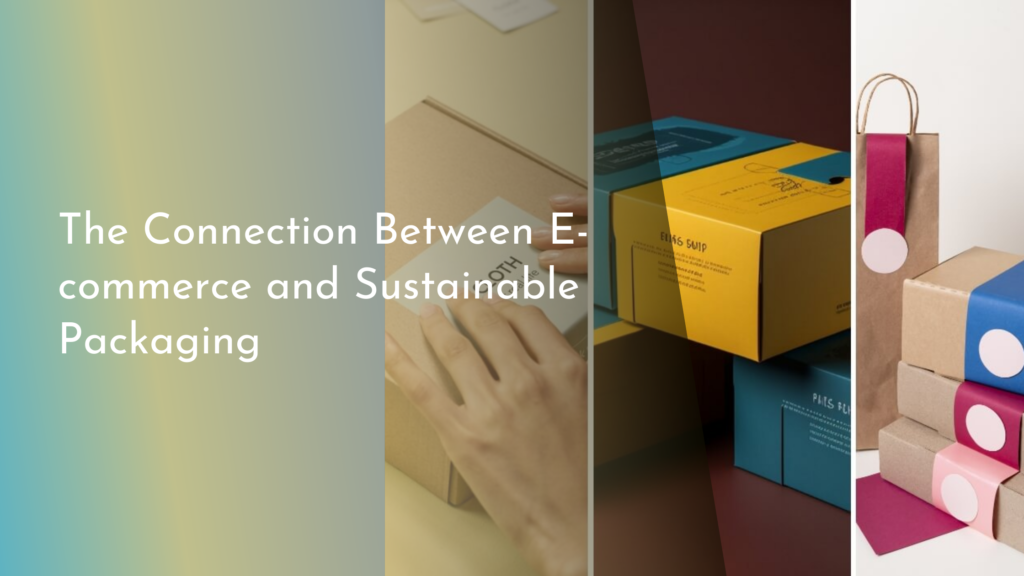Floating Urban Solar Panel Arrays
As the world strives for sustainable energy solutions, innovative technologies are emerging to harness the power of the sun in new and exciting ways. One such innovation is the rising trend of floating urban solar panel arrays, which provide a unique opportunity to generate renewable energy while maximizing space efficiency. By utilizing underutilized bodies of water, these solar arrays not only contribute to the fight against climate change but also enhance urban aesthetics and promote biodiversity. Let’s dive into the exciting world of floating solar and discover its potential impact on our urban landscapes.
Harnessing the Sun: The Rise of Floating Solar Arrays
Floating solar panel arrays are gaining traction as a viable alternative to traditional land-based solar systems. This technology involves the installation of solar panels on platforms that float on bodies of water, such as lakes, reservoirs, and even coastal areas. By leveraging water surfaces, these arrays can avoid the need to clear valuable land space, which is often a contentious issue in urban planning. Moreover, the cooling effect of water can enhance the efficiency of the solar panels, allowing them to operate at optimal temperatures and generate more electricity.
In recent years, floating solar technology has expanded significantly. Countries like China, Japan, and India have led the charge in deploying large-scale floating solar farms, showcasing the potential for innovation in renewable energy. With urban areas facing increasing pressure to utilize space efficiently, floating solar arrays have emerged as a promising solution, providing cities with an alternative energy source while minimizing the ecological footprint associated with land use.
Benefits of Floating Solar: Clean Energy on Water
One of the most significant advantages of floating solar arrays is their ability to produce clean energy without occupying valuable land resources, which is often at a premium in densely populated urban areas. By generating electricity on water, these installations can alleviate some of the land-use challenges associated with traditional solar farms. Furthermore, floating solar can reduce water evaporation from reservoirs, helping to conserve precious water resources and manage water levels more effectively.
Additionally, floating solar arrays can contribute to improved air quality and reduced greenhouse gas emissions. By generating renewable energy, they provide a cleaner alternative to fossil fuels, promoting a sustainable energy transition. As cities work towards ambitious climate goals, floating solar arrays offer a practical solution that aligns with urban planning and environmental stewardship, ultimately leading to healthier, more resilient communities.
Innovative Designs: A New Wave in Solar Technology
The design and engineering of floating solar arrays are witnessing remarkable advancements. Many contemporary installations feature modular designs that allow for easy assembly and scalability, enabling cities to adapt their solar capacity according to growing energy needs. Innovations such as lightweight materials and flexible solar panels have made it possible to create structures that can withstand harsh weather conditions while minimizing environmental impact.
Moreover, some designs incorporate advanced technologies like solar trackers, which adjust the angle of the panels to maximize sunlight exposure throughout the day. This level of ingenuity not only enhances energy production but also demonstrates a commitment to integrating technology with sustainability. As research and development continue, we can expect even more groundbreaking solutions that enhance the efficiency and aesthetic appeal of floating solar arrays.
Future Prospects: Expanding Floating Solar Around the Globe
The future of floating solar technology is bright, with potential for widespread adoption worldwide. As urban areas continue to grow and the demand for renewable energy increases, cities are looking for innovative ways to meet energy needs sustainably. Floating solar arrays can be a crucial component of this strategy, particularly in regions where land is limited or expensive.
Government policies and incentives are beginning to recognize the importance of floating solar, fostering an environment conducive to investment and development. As more cities explore this clean energy solution, the potential for floating solar to become a global phenomenon is significant. By capitalizing on this opportunity, we can pave the way for a cleaner, more sustainable future that harnesses the power of the sun, even in the most urbanized settings.
In conclusion, floating urban solar panel arrays represent a remarkable opportunity to harness solar energy in innovative and efficient ways. With their ability to generate clean energy while conserving land and water resources, these installations hold promise for cities striving to meet their sustainability goals. As technology continues to evolve, and more urban areas embrace floating solar solutions, we can look forward to a future built on renewable energy, improved air quality, and a harmonious balance between urban development and environmental preservation. The sun is shining brighter than ever on the potential of floating solar!

